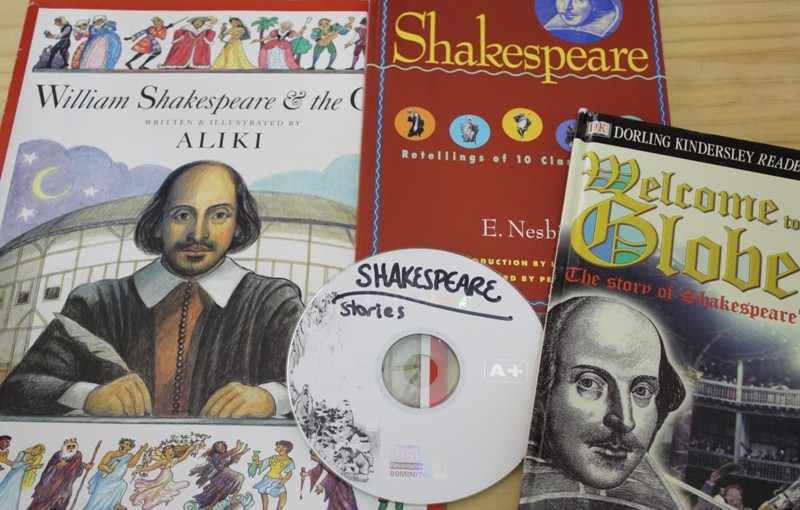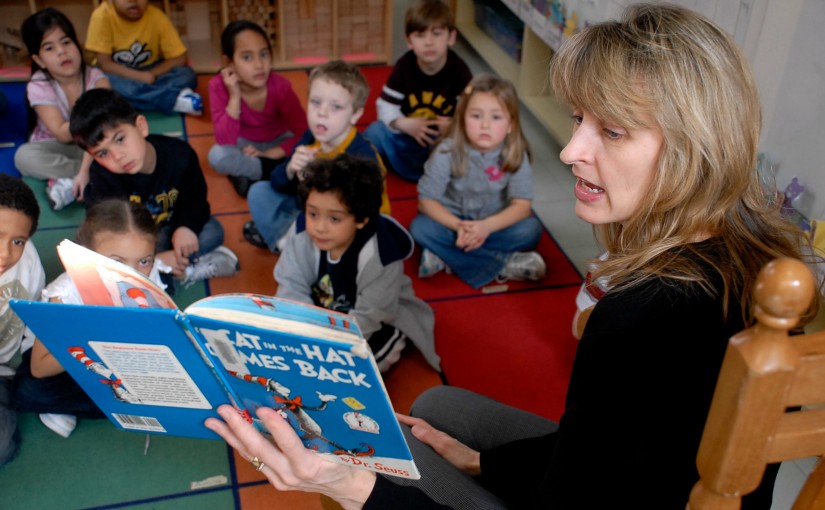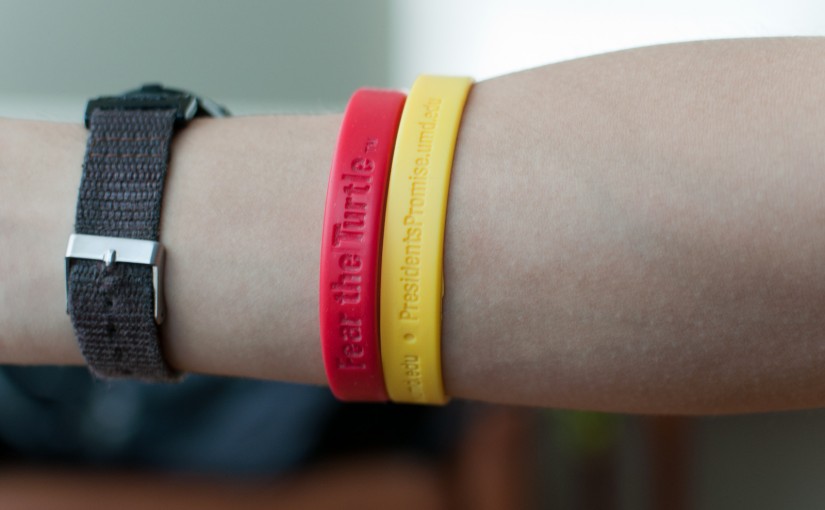Category: Education
-

20 Ways to Spice Up Your Kids Lunchbox
Providing lunch for your children can be a challenge. Peanut butter and jelly sandwiches quickly get old and they are not the most healthy option. Packaged lunch alternatives often contain additives and preservatives as well as unnecessary amounts of trans-fats, salt and sugar. So, as a health-conscious parent who is attempting to provide a…
-

Shakespeare Made Fun
You’ve likely heard your students complain about Shakespeare before. Every teacher has. He is hard to read. His work is boring. His work is not easily relatable. As a teacher, you know these complaints are quite untrue except perhaps for the difficulty in reading Shakespeare’s English. But how do you share the joy of…
-

Teaching New Vocabulary Words
Learning vocabulary an important part of education and life at any age. In fact, several markers of success in life have been correlated to having a larger vocabulary. In addition to this, keeping your students at grade level standards for vocabulary comprehension is critical for passing standardized assessment like Common Core’s PARCC tests. But it…
-

Using YouTube in the Classroom
As technology becomes more integrated into education methods, utilizing YouTube in the classroom is a trend on the rise. Early studies testing its effectiveness are proving promising. In high school classrooms in Detroit, a video-enabled flipped classroom program helped reduce the fail rate for freshmen English and math classes by more than half. Additionally, semester…
-

What Are Special Needs?
As of the 2012-13 school year, 14 percent of all public school students were receiving special education services, according to the National Center for Education Statistics. But what does it mean for a child to have special needs? Broadly speaking, “special needs” is used to describe children who require any kind of special support due…
-

Take Action: Wear Your Cause
From ribbons to bracelets to t-shirts, it seems there is gear for every cause and every style these days. And sure, it’s great to join in when it comes to a cause you believe in, but does sporting your awareness swag really make a difference to researchers and patients? Sometimes it can feel like a…
-

15 Tips for Teaching the Highly Functioning ASD Child
The needs of a child with autism spectrum disorder (ASD) in the classroom can be very different from those of typical students in the class—even high-functioning ASD students require extra, and often, different kinds of support compared to typical students. ASD students have unique challenges including difficulty reading social situations and making friends; adapting to…
-

Understanding Asperger’s: A Teacher’s Guide
Students with Asperger’s syndrome present a unique set of challenges—challenges that many teachers are not provided with the appropriate training for. This can make welcoming a student with Asperger’s into the classroom seem daunting. Fortunately, there are a lot of resources available to help teachers fill the gap and educate themselves, so they can make…
-

What is PDD?
Pervasive developmental disorders (often shortened to PDD) is a term used to refer to a group of conditions that cause a delay in the development of basic skills. These basic skills most commonly include the ability to socialize, communicate and use imagination. People who have a PDD often struggle to understand the world around them. …
-

What is Digital Learning?
As technology becomes more and more integrated into everyday life, it’s likely no surprise that it’s becoming a bigger part of education, too. The Alliance for Excellent Education defines digital learning as “any instructional practice that effectively uses technology to strengthen a student’s learning experience.” A digital learning approach to education allows more flexibility in the…